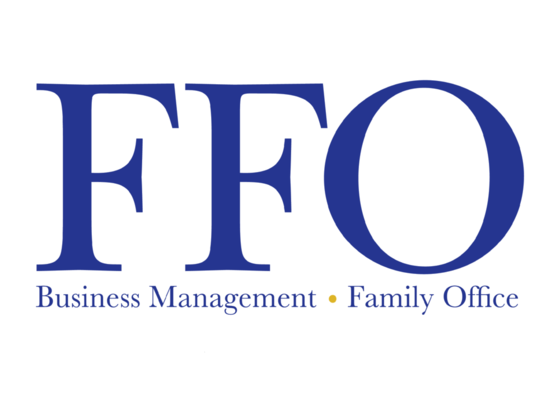Article by Russ Prince
Private placement life insurance is the most transparent life insurance structure. It can also be exceedingly cost-effective with the ability to mitigate or eliminate the financial drag of taxes.
According to Evan Jehle, partner at FFO Business Management & Family Office, “Private placement life insurance for the rich and super-rich can be an excellent way to address a number of risks. For example, PPLI can provide wealth protection as a way of passing a family’s fortune to the next generation. There are potential asset protection possibilities as a stand-alone solution or as part of a more comprehensive asset protection plan. While we advocate that life insurance should be viewed as a long-term proposition, there are ways to access monies if need be. Very importantly, PPLI is one of the best wealth enhancement strategies available to the affluent.”
Private placement life insurance has been around for decades, but its growing appeal is due in part to the changing industry dynamics. A clear example is the fact that high-caliber money managers can more easily provide their investment expertise in a private placement life insurance policy. “Top-of-the-line money managers from hedge funds to registered investment advisors are able to cost efficiently incorporate their investment expertise in a life insurance policy,” explains Frank Seneco, president of Seneco & Associates, an international advanced planning boutique. “This enables these money managers to often be more responsive to their affluent investors by better addressing some of the critical tax issues of their portfolios.”
When it comes to the rich and even more so the super-rich, tax mitigation employing bright-line transitions is often more important than investment performance. Private placement life insurance, in the appropriate circumstances, is a very powerful way of combining the benefits of a high-caliber money manager with the tax advantages of life insurance.
Originally posted on Forbes.com, November 27th, 2017. Original Article can be viewed here
